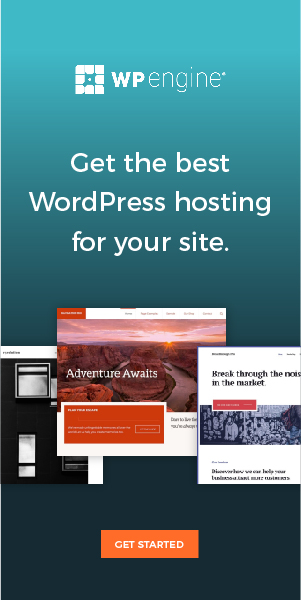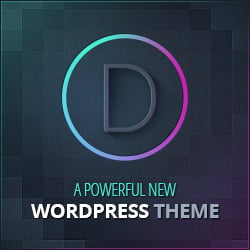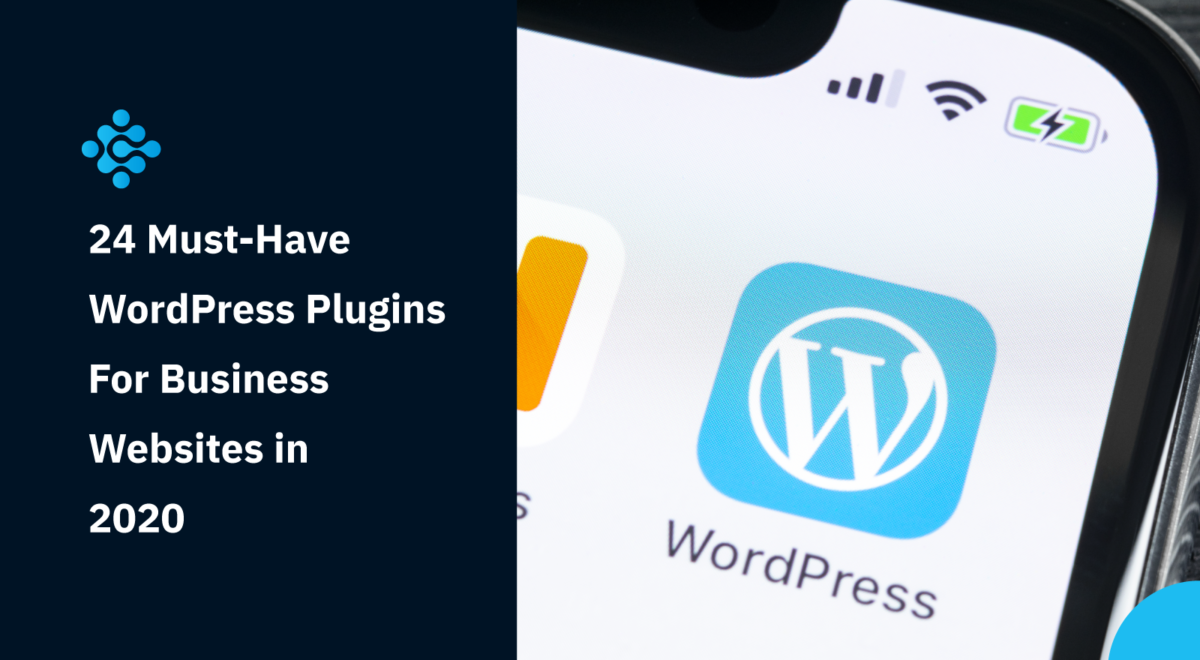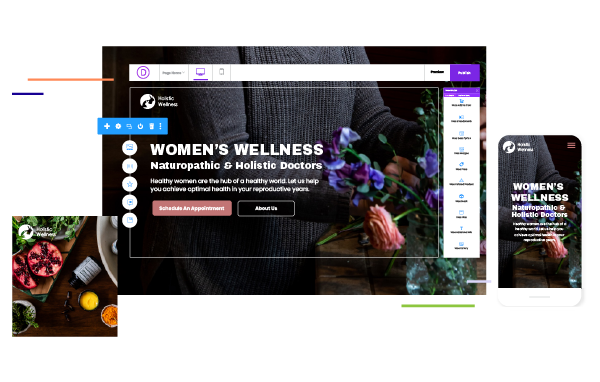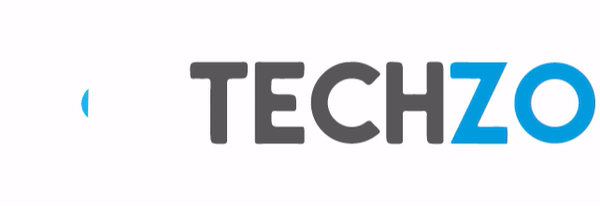There’s a lot of variety in Google’s free web fonts library. These fonts all load through Google’s servers and they’re optimized for heavy loads so they never slow down a site.
The hardest part is finding a font to perfectly match your design. The most important typography of any webpage is the header, so it’s the best place to explore new fonts.
Roboto Slab
The nice thing about Roboto Slab is that it can work for any topic, from business sites to tech blogs. Hongkiat runs Roboto Slab in the header and it practically jumps off the page.
Serif typefaces work well on news sites and fit especially well in headers. An example with slightly less contrast is the redesigned Copyhackers website.
An example with slightly less contrast is the redesigned Copyhackers website.
Open Sans
Take, for example, How-To Geek, which uses Open Sans in both the heading and paragraph section of each article. Lighter variations of Open Sans can be found on the Cleverbird Creative website. The gaming blog GamesRadar uses the condensed Open Sans in the header that spans the width of the entire page.
The key takeaway is that Open Sans works for pretty much everything, regardless of font styles. This includes page headers, but you’ll need to mess around with CSS styles to find the right match for your page.
Montserrat
Montserrat supports every type of style from thin to black and everything in between (including italics). This means you can load different font styles with more accuracy and less rendering in the browser.
Kindred uses Montserrat exclusively throughout the site. It’s the first header to grab your attention and it’s all over the site from image captions to footer links.
Push Square uses the thickest Montserrat style for all its page headings. It naturally has a good amount of letter spacing, so you might even try to reduce this a bit and bring the letters closer together.
Lato
It works in almost every situation but it doesn’t have too much personality one way or another. It’s neither too stiff nor too creative, and it varies tremendously between the thinnest style and the thickest. Lato is most impressive because of its versatility in header styles.
Lato is a safe bet for pretty much every website and it has all the variety of Montserrat with a slightly more “generic” feeling.
Catamaran
Catamaran can work nicely as a body font if you only use thin styles, but adding bolded text into your paragraphs can look odd since the typographic styles are very thick.
The best thing about Catamaran is the oddly-shaped letterforms. They feel unique and have almost a handwritten style to them.
Raleway
The Raleway font is definitely eye-grabbing. It’s easy to spot because of the interconnected shape of many of its letterforms.
Tech blog ReadWrite uses Raleway for its headers across the entire site. When sized smaller for sidebar/related post stories it can blend into the layout pretty well, too.
Raleway’s “w” shapes are unique. The uppercase and lowercase both look like two v’s put together.
A lot of big names use Raleway. For instance, ZDNet runs this font on article headers, subheaders, and page content.
Because of Raleway’s unique design, it’ll either work well on your site or it won’t. It’s definitely worth testing out, but just know this isn’t the easiest font to make blend.











